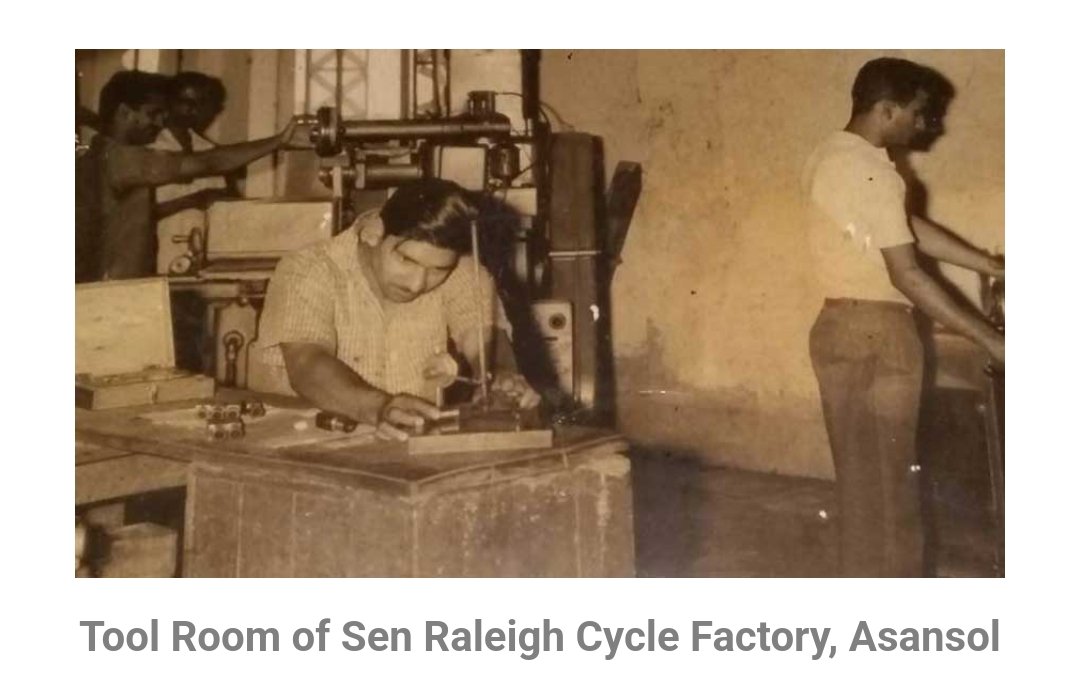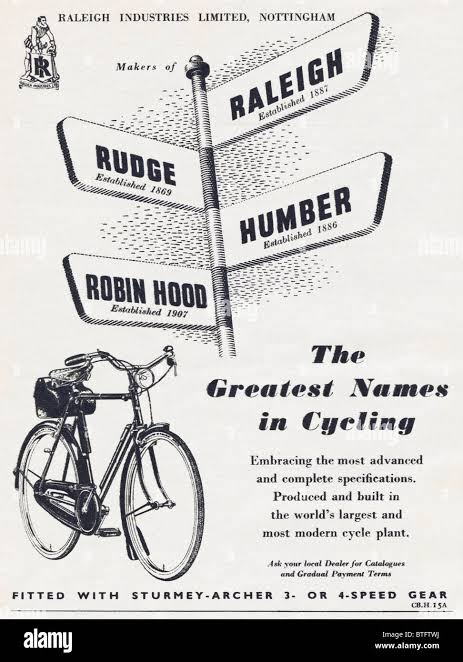#DoYouKnow Sudhir Kumar Sen, 19th century Bengali hero who introduced Bicycles to Indians?
India got its first bicycle in the 19th century.
According to historian David Arnold, around 35,000 bicycles were imported in India in 1910!
He started his first venture in 1909
(1/8)



India got its first bicycle in the 19th century.
According to historian David Arnold, around 35,000 bicycles were imported in India in 1910!
He started his first venture in 1909
(1/8)




with a capital of Rs 400/- only. He imported bicycles & bicycle spare parts from Europe & sold them in India.
In order to encourage bicycle as a cheaper and convenient mode of transport, Sen began publishing a monthly magazine, Indian Cycle and Motor Journal, from 1917.
(2/8)
In order to encourage bicycle as a cheaper and convenient mode of transport, Sen began publishing a monthly magazine, Indian Cycle and Motor Journal, from 1917.
(2/8)

He collaborated with the British cycle manufacturing establishment, Raleigh Bicycle Company.
In 1952, Sen Set up Sen-Raleigh bicycle manufacturing unit in Kanyapur, Asansol, #Bengal.
The vast modern factory with had the capacity to manufacture 2,00,000 cycles annually!
(3/8)
In 1952, Sen Set up Sen-Raleigh bicycle manufacturing unit in Kanyapur, Asansol, #Bengal.
The vast modern factory with had the capacity to manufacture 2,00,000 cycles annually!
(3/8)

Initially, the accessories and various components of the bicycles were imported from England and Germany but within a couple of years, manufacturing of these components began in the factory at Asansol.
The sturdy cycles gained huge popularity within a short time!
(5/8)
The sturdy cycles gained huge popularity within a short time!
(5/8)

He also imported other renowned bicycle brands like Humber, Robin Hood and popularized them in India.
Sen-Raleigh bicycles were also exported to different countries abroad!
Sen-Raleigh Company was the only player & ruled the bicycle market in India for many decades.
(6/8)
Sen-Raleigh bicycles were also exported to different countries abroad!
Sen-Raleigh Company was the only player & ruled the bicycle market in India for many decades.
(6/8)

Amid all this, on August 28, 1959, Sudhir Kumar Sen breathed his last while on a tour to Germany.
In 1975, the Central Government took over the management of the company and continued production under the brand name of Cycle Corporation of India Ltd.
(7/8)
In 1975, the Central Government took over the management of the company and continued production under the brand name of Cycle Corporation of India Ltd.
(7/8)
But by then the company was embroiled in a series of litigations that led to its closure in the 1990s.
Now the deserted factory, living quarters & playground – the entire township at Kanyapur off Asansol stands as a silent observer to the golden phase of industrialization
(8/8)
Now the deserted factory, living quarters & playground – the entire township at Kanyapur off Asansol stands as a silent observer to the golden phase of industrialization
(8/8)

• • •
Missing some Tweet in this thread? You can try to
force a refresh
















































